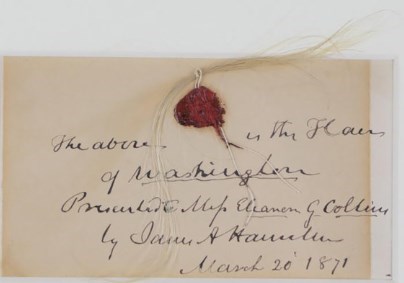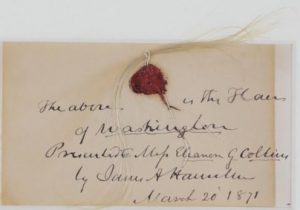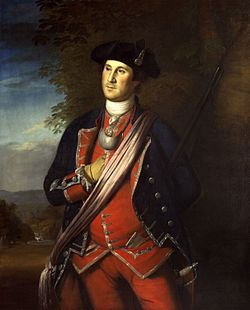Frederick Law Olmsted, the co-designer of Central Park believed that every element added to the landscape design must satisfy human needs and not be created strictly for decoration. ” On the Central Park tour, we see the most beautiful bridges and arches that serve and protect the guests of the park. Here’s what Olmsted wrote:
“Service must precede art, since all turf, trees, flowers, fences, walks, water, paint, plaster, posts, and pillars in or under which there is not a purpose of direct utility or service are inartistic if not barbarous. … So long as considerations of utility are neglected or overridden by considerations of ornament, there will be not true art.”


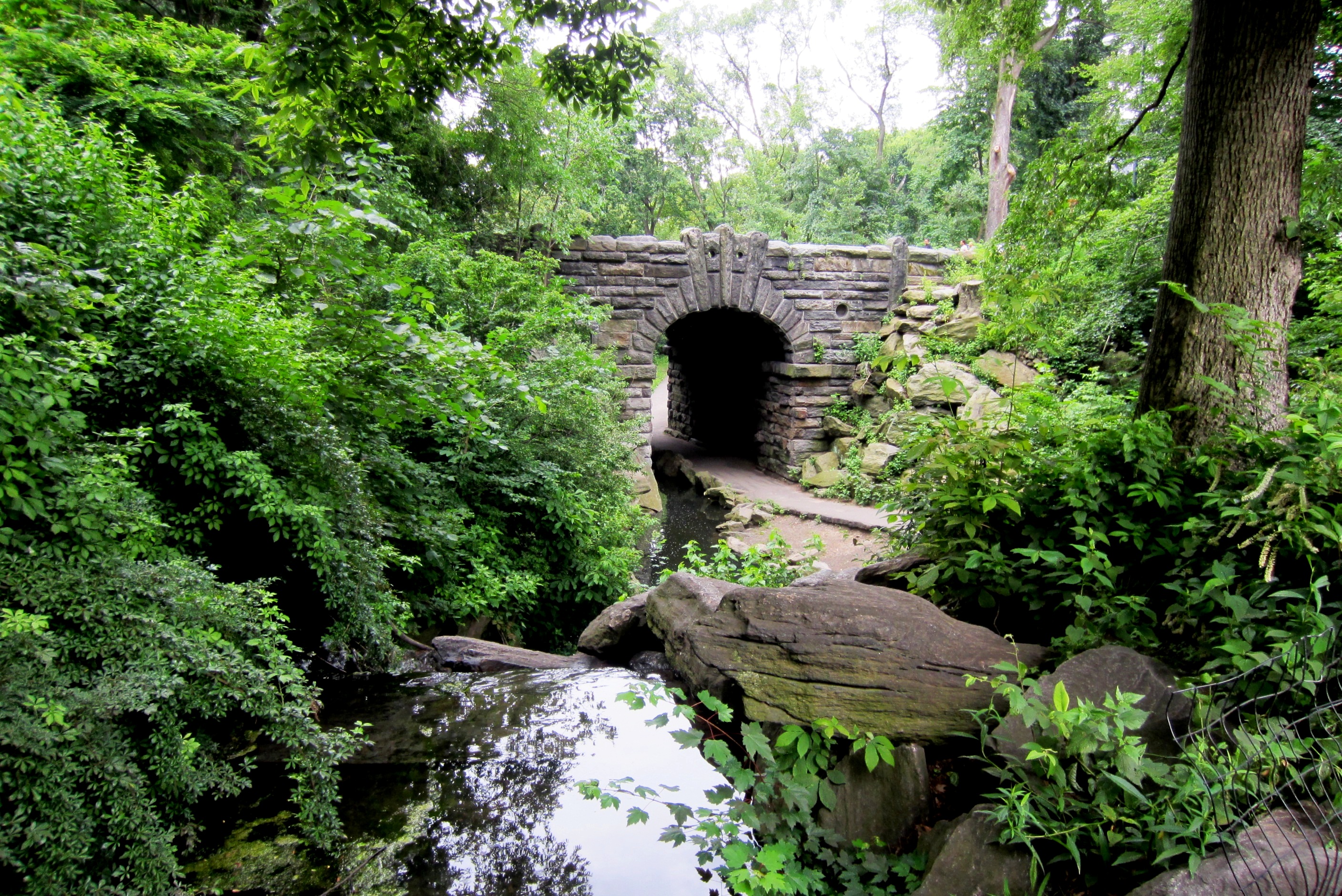
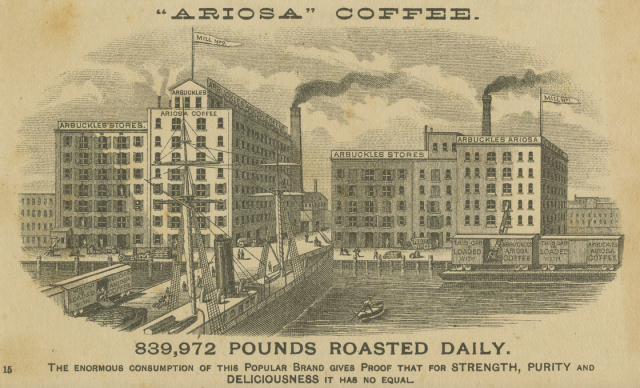
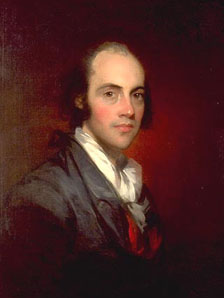
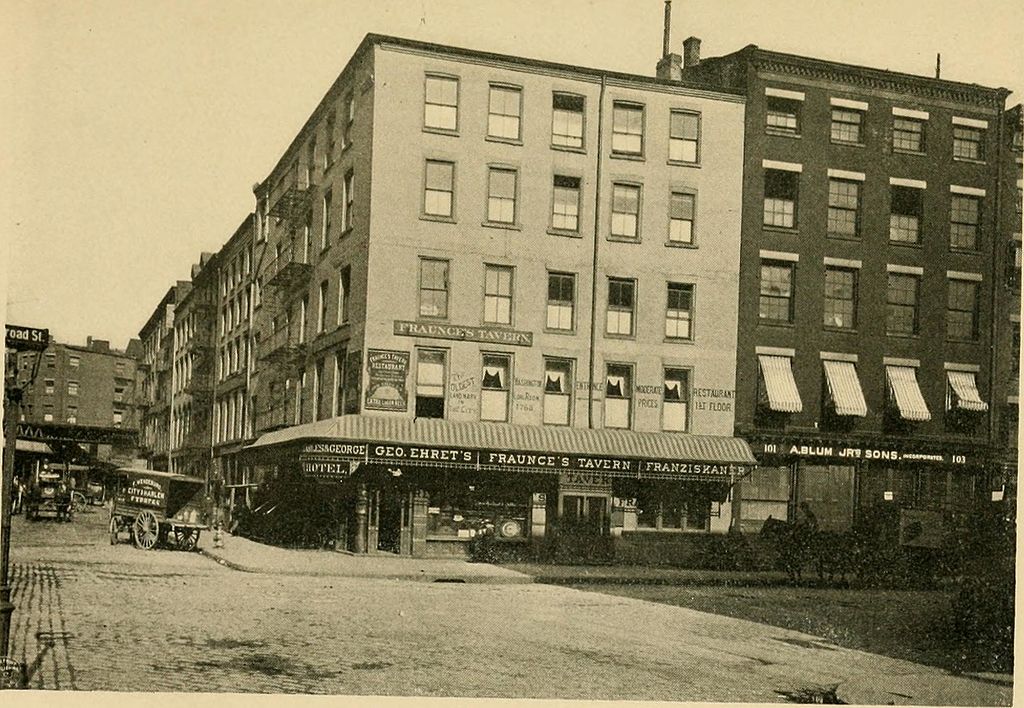
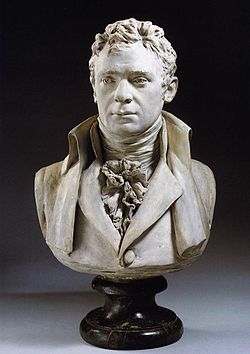
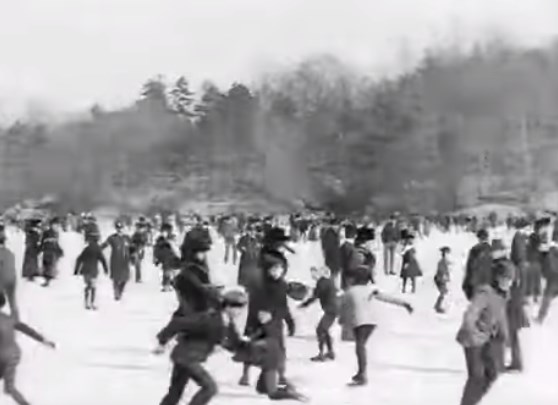
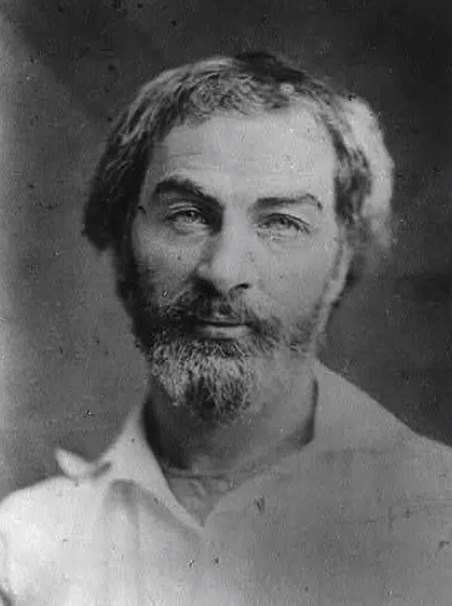
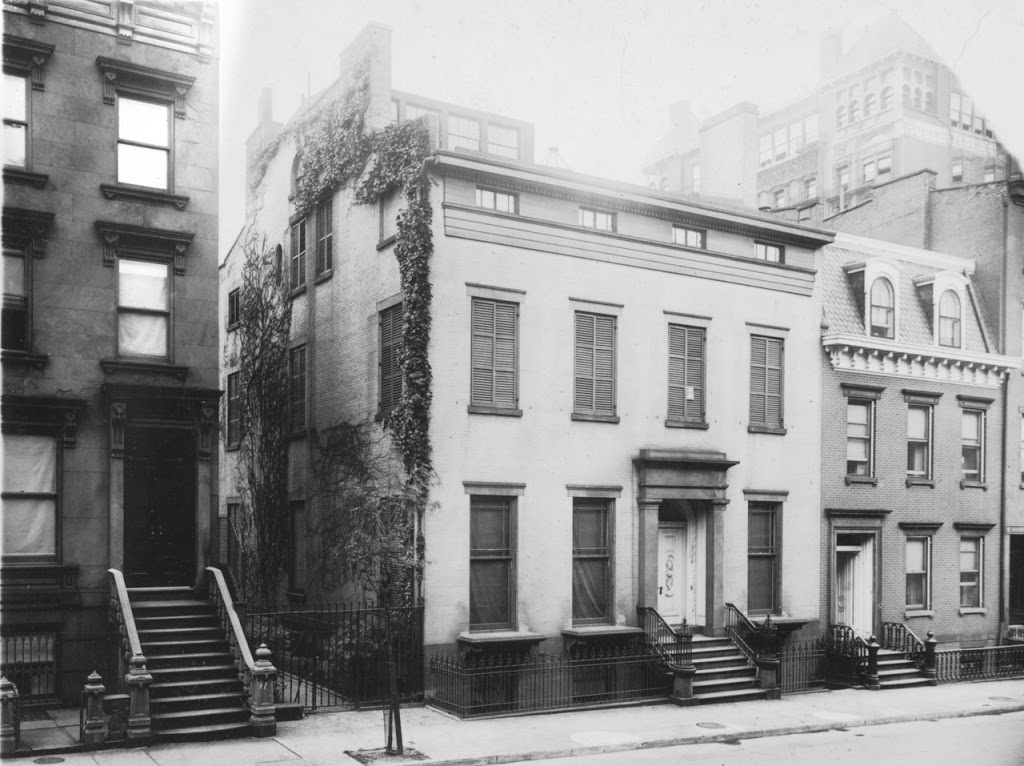
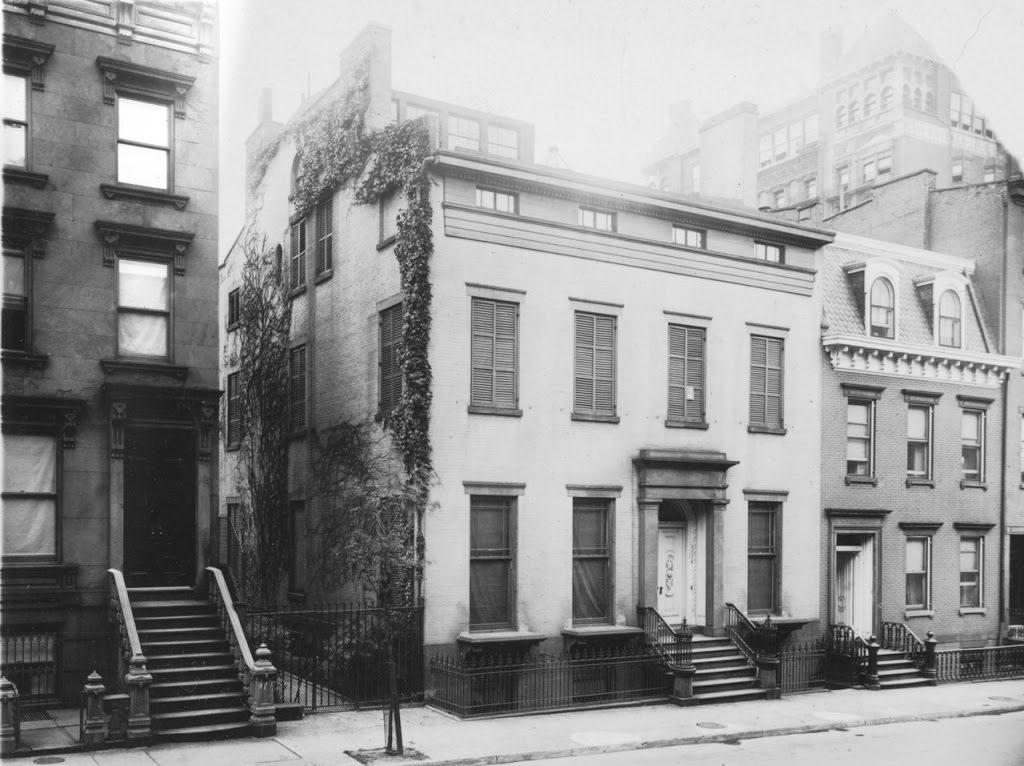 On the Brooklyn Revolution walking tour, highlighting some of the best that Brooklyn has to offer, one of the most popular sites is the former home of Truman Capote, where he worked on two of his greatest works: “Breakfast at Tiffany’s” and “In Cold Blood.” The house is on 70 Willow Street. From 1955-1965, Capote rented space on the basement level from Oliver Smith, the famed Tony Award-winning Broadway scenic designer. George Plimpton, who was a visitor, wrote that “when friends came to call, [Capote] often took them on a tour of the entire house (when Smith was not at home) and said it was his house, all his, and that he had restored and decorated every room.” In February 1959, Capote penned “Brooklyn: A Personal Memoir” for “Holiday” travel magazine in which he begins:
On the Brooklyn Revolution walking tour, highlighting some of the best that Brooklyn has to offer, one of the most popular sites is the former home of Truman Capote, where he worked on two of his greatest works: “Breakfast at Tiffany’s” and “In Cold Blood.” The house is on 70 Willow Street. From 1955-1965, Capote rented space on the basement level from Oliver Smith, the famed Tony Award-winning Broadway scenic designer. George Plimpton, who was a visitor, wrote that “when friends came to call, [Capote] often took them on a tour of the entire house (when Smith was not at home) and said it was his house, all his, and that he had restored and decorated every room.” In February 1959, Capote penned “Brooklyn: A Personal Memoir” for “Holiday” travel magazine in which he begins: